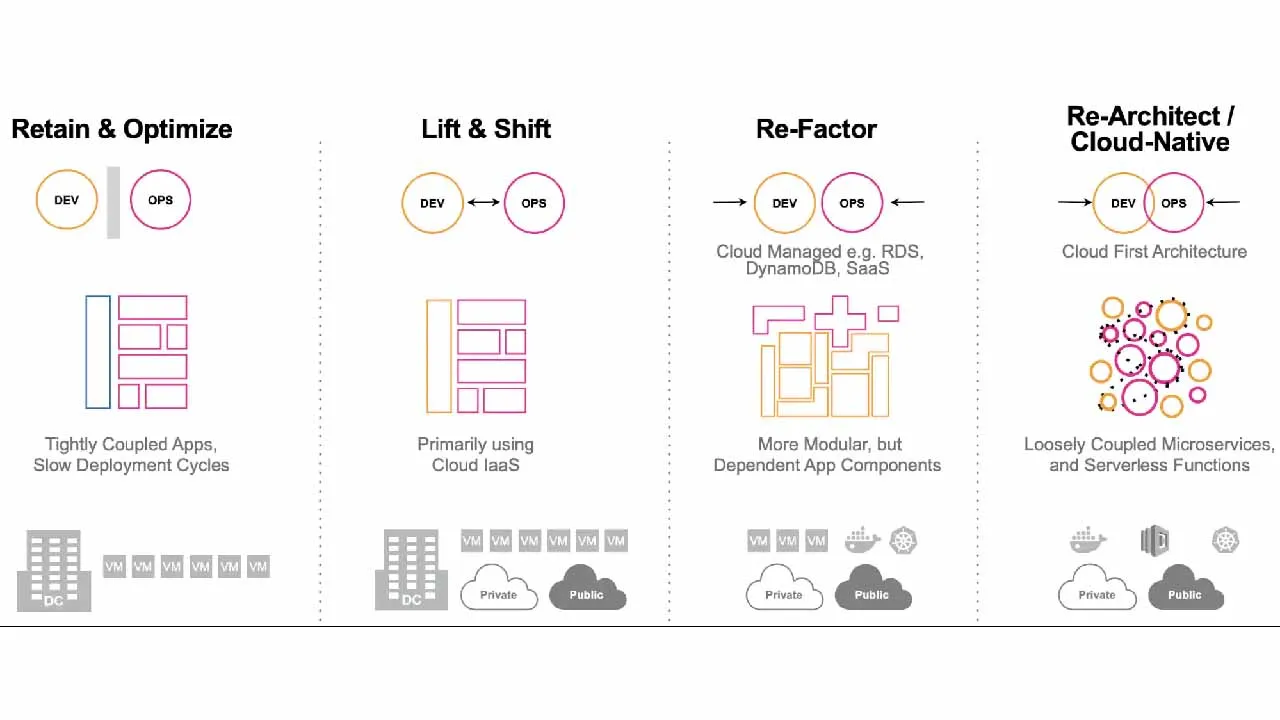Psychology, performance, and modern app development.
During World War II, a mathematician named Abraham Wald worked on a problem – identifying where to add armor to planes based on the aircraft that returned from missions and their bullet puncture patterns. The obvious and accepted thought was that the bullets represented the problem areas for the planes. Wald pointed out that the problem areas weren’t actually these areas, because these planes survived. He found that the missing planes had unknown data, indicating other problem areas existed. In fact, the pattern for the surviving planes showed the areas that weren’t problematic.
_By McGeddon - Own work, CC BY-SA 4.0, _https://commons.wikimedia.org/w/index.php?curid=53081927
In the emerging world of observability, we’re often told to do just that; base our choice of response solely on the data that survives. In short, monitoring just the things you know in your environment will cause you to fall prey to bias. Tools are presenting new views and levels of information that are useful in the world of orchestration, microservices, and hybrid clouds. But are they complete enough? Are they giving you the information you really need?
Per Sir Arthur Conan Doyle’s character, Sherlock Holmes, “ You see, but you do not observe” (A Scandal in Bohemia). Welcome to survivorship bias, projecting conclusions based on the survivors, not on the population as a whole.
#big data #performance #microservices #observability
